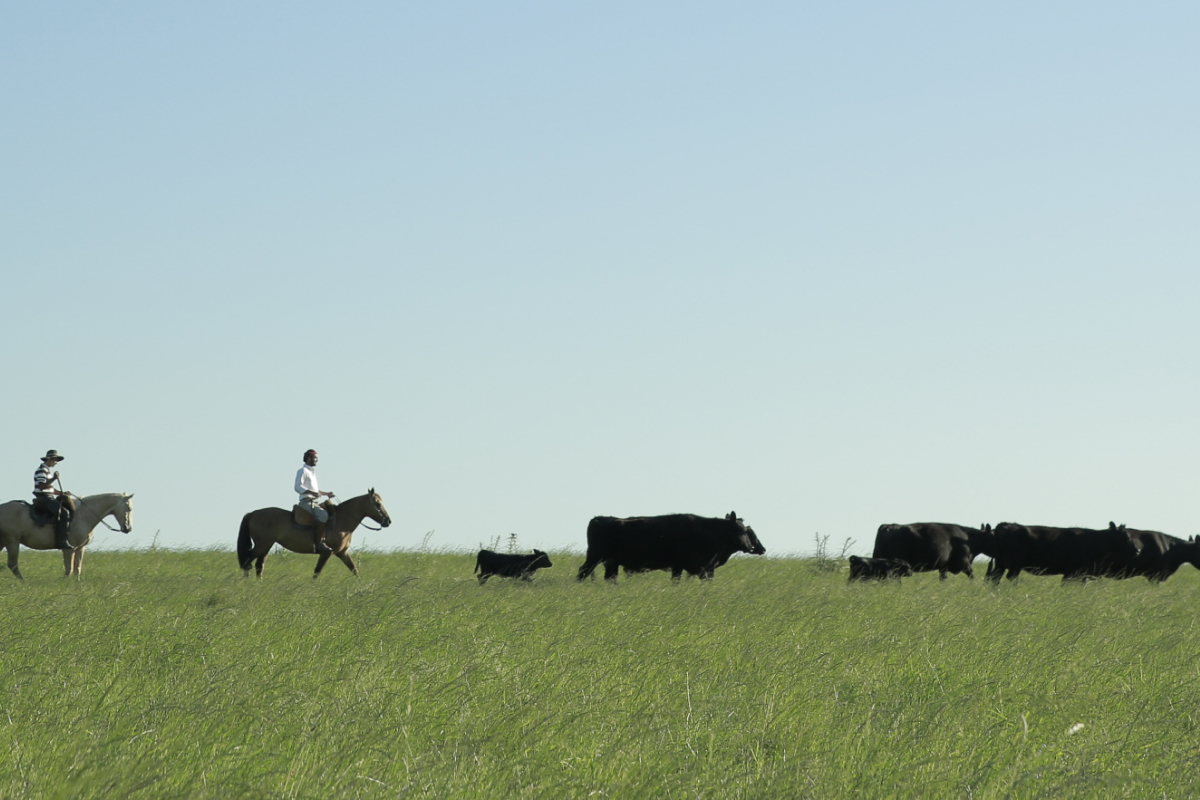Perspective. All food, even the meatless, should come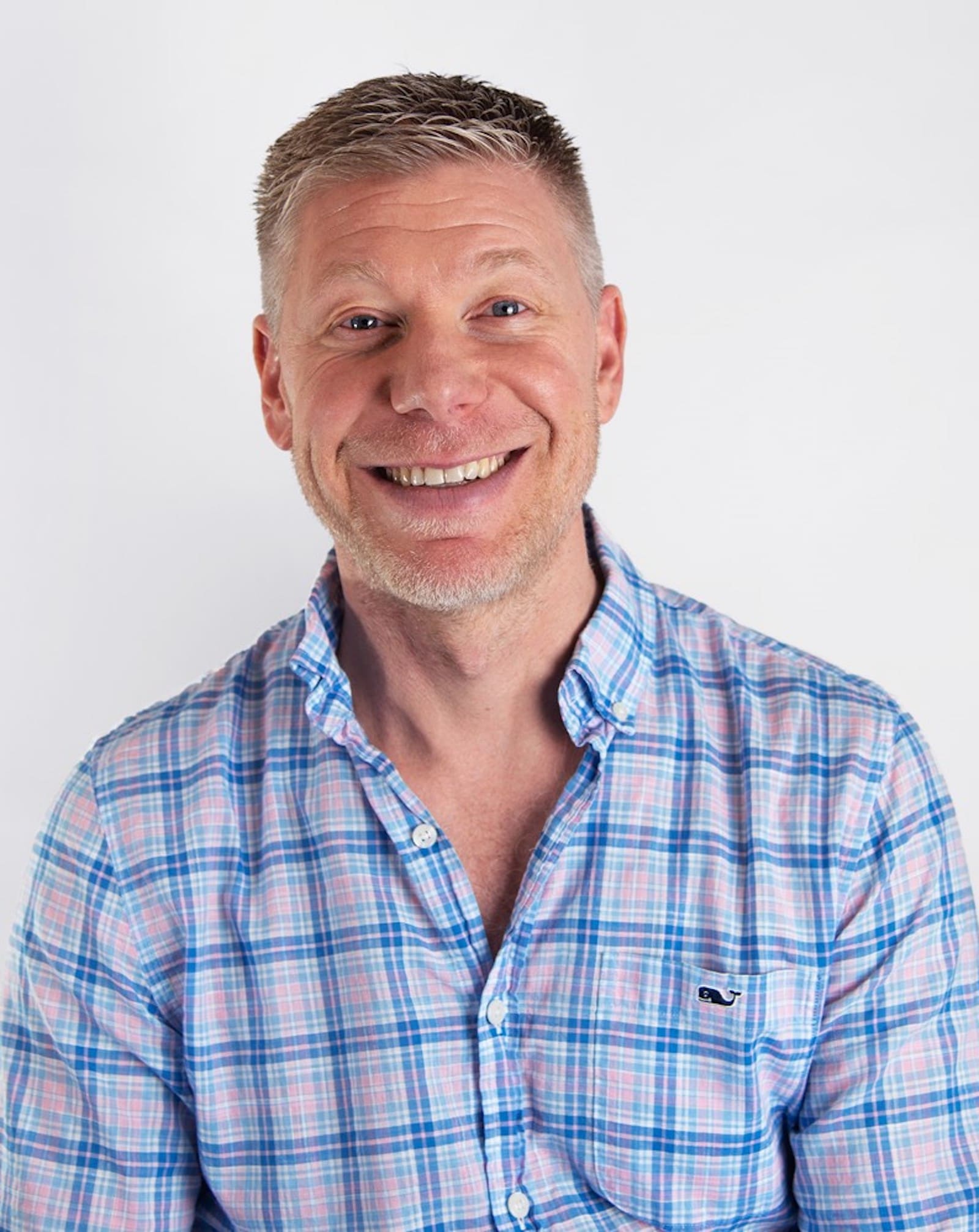 from transparent sources. Yes, eat more vegetables, but where are those veggies coming from? How is the soil being treated? Regenerative agriculture used across the board in all farming is the way of the future. One of the worst culprits is the factory farming of beef, a horribly cruel practice where cattle are fattened up on an unnatural diet of corn and grains and forced to live in feedlots where they can barely move. It takes a tremendous toll on the land and doesn’t even produce particularly healthy or tasty meat. Regenerative systems use animal inputs that are crucial for building soil. We need companies like Verde Farms working to use the best of regenerative practices coupled with beef production that use land ideally suited for grazing. In 2004, founder Dana Ehrlich, then a Silicon Valley engineer, visited an estancia in Uruguay and was fascinated by the humane, efficient, and respectful practices of the gaucho way of life where cattle roamed freely over staggeringly beautiful green pasture. Inspired to bring positive change to a tough industry, Ehrlich founded Verde Farms in 2005. Their organic, grass-fed beef products come from cattle raised on family farms in Uruguay, Australia and North America. They employ animal welfare standards approved by Dr. Temple Grandin; feed only on fresh grass; live entirely on open pasture (each animal has an average of two acres to roam); and are never given antibiotics or hormones. —Jane Ratcliffe
from transparent sources. Yes, eat more vegetables, but where are those veggies coming from? How is the soil being treated? Regenerative agriculture used across the board in all farming is the way of the future. One of the worst culprits is the factory farming of beef, a horribly cruel practice where cattle are fattened up on an unnatural diet of corn and grains and forced to live in feedlots where they can barely move. It takes a tremendous toll on the land and doesn’t even produce particularly healthy or tasty meat. Regenerative systems use animal inputs that are crucial for building soil. We need companies like Verde Farms working to use the best of regenerative practices coupled with beef production that use land ideally suited for grazing. In 2004, founder Dana Ehrlich, then a Silicon Valley engineer, visited an estancia in Uruguay and was fascinated by the humane, efficient, and respectful practices of the gaucho way of life where cattle roamed freely over staggeringly beautiful green pasture. Inspired to bring positive change to a tough industry, Ehrlich founded Verde Farms in 2005. Their organic, grass-fed beef products come from cattle raised on family farms in Uruguay, Australia and North America. They employ animal welfare standards approved by Dr. Temple Grandin; feed only on fresh grass; live entirely on open pasture (each animal has an average of two acres to roam); and are never given antibiotics or hormones. —Jane Ratcliffe
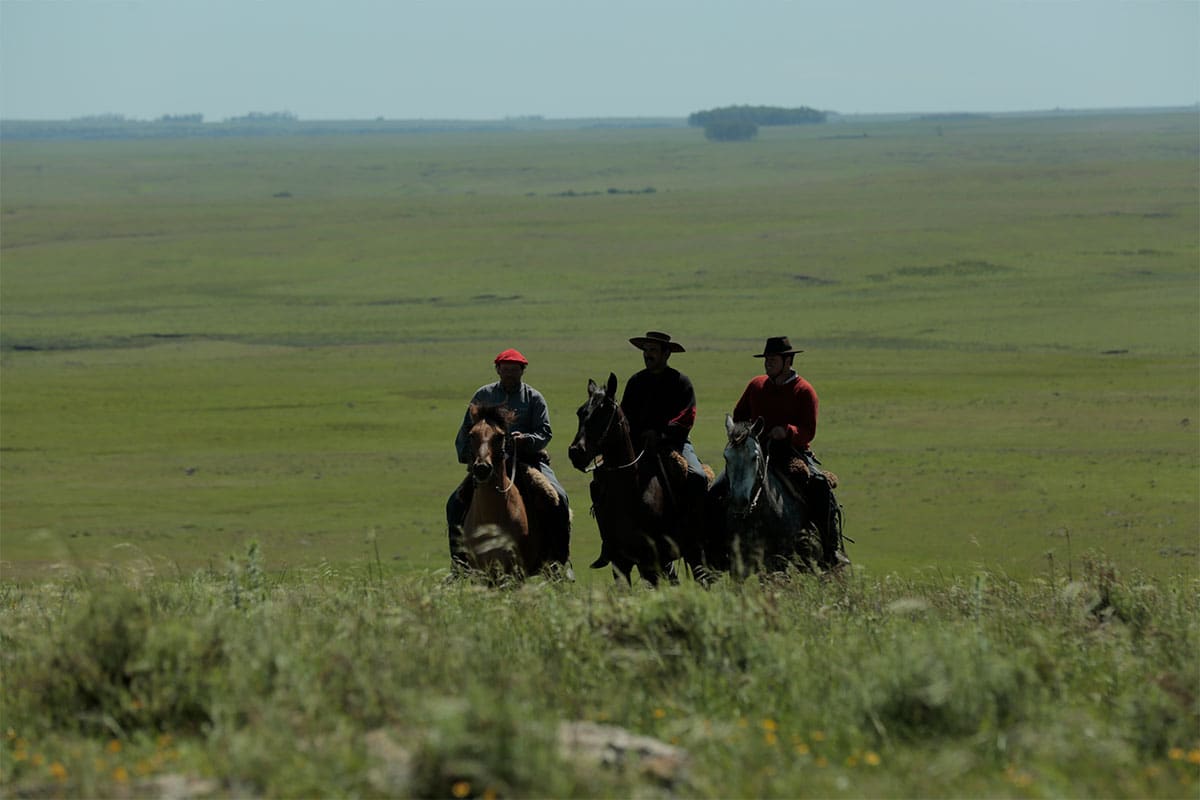
How did you first get into farming?
I don’t have a background in farming myself, but have always been interested in sustainable agriculture, enhanced as a result of my global travels and personal interest in cultural food and how it’s produced. My path to founding a beef company was an unexpected one, though! I was formerly an engineer working in Silicon Valley for companies including Intel and NetApp. Prior to entering business school in 2003, I deferred admission to backpack around the world for 13 months. In 2004, I took a trip to Argentina as part of an MBA program I was doing through Dartmouth’s Tuck School of Business. My intent was to start my own business, specifically an adventure travel company.
On the trip, I visited a working cattle farm in the lowland pastures of Buenos Aires and was inspired to see firsthand how different their traditional grassland-centric, gaucho methods of raising cattle were from the conventional feedlot-based meat industry in the U.S. Not to mention how incredible the pasture-raised beef and Malbec tasted! It was that experience that sparked my intention to start Verde.
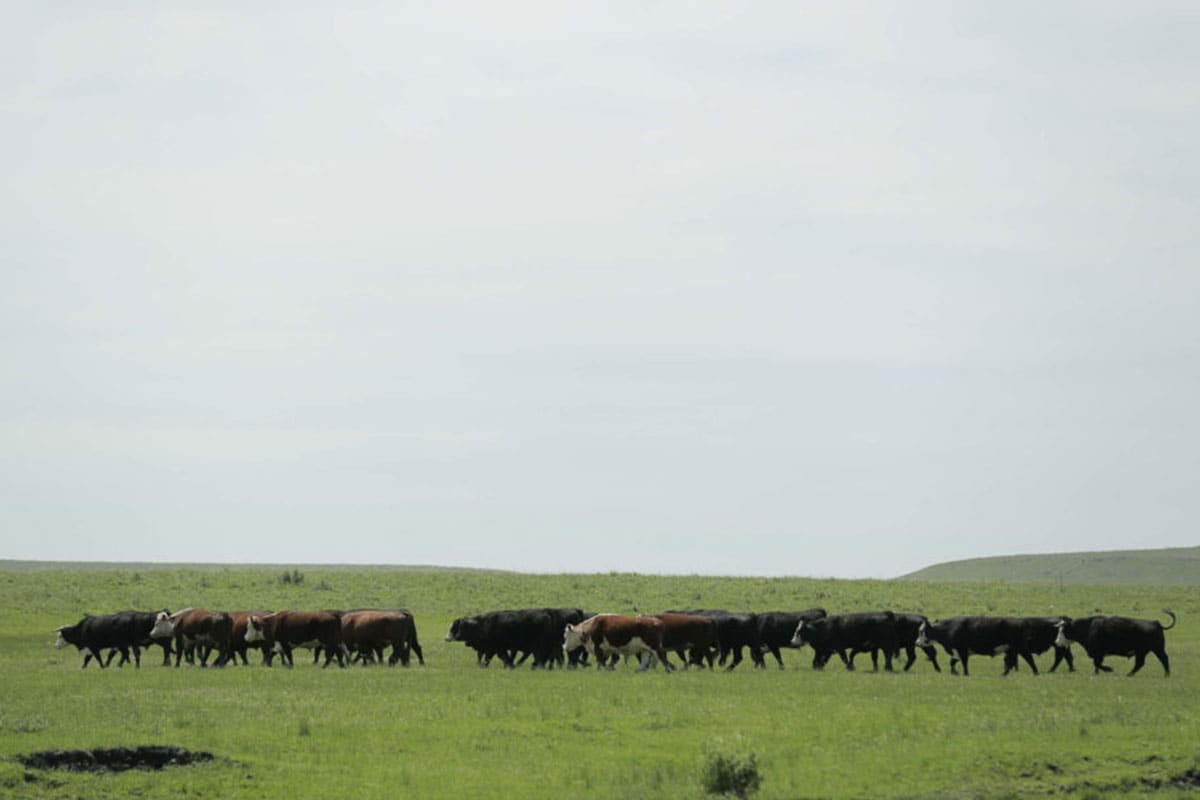
What is Verde’s mission?
After having that incredible cultural food experience myself, I wanted to bring the joy of eating delicious, responsibly-sourced beef back to consumers in the U.S. In my mind there was no reason to sacrifice flavor for exceptional sourcing, or vice versa. As a company, we believe in honest, simple food raised with timeless methods. Verde’s cattle are raised with respect for the animal, the earth, and the farmers. They’re 100% grass-fed, 100% pasture raised. This means they eat growing grass and roam on open native pasture year-round (no feedlots, ever). No hormones or antibiotics ever, either.
We’ve come a long way in our journey to pioneer the grass-fed beef movement, and we’re proud to now be the leading U.S. provider of USDA certified Organic 100% grass-fed and 100% free-range beef for retail, club, and foodservice.
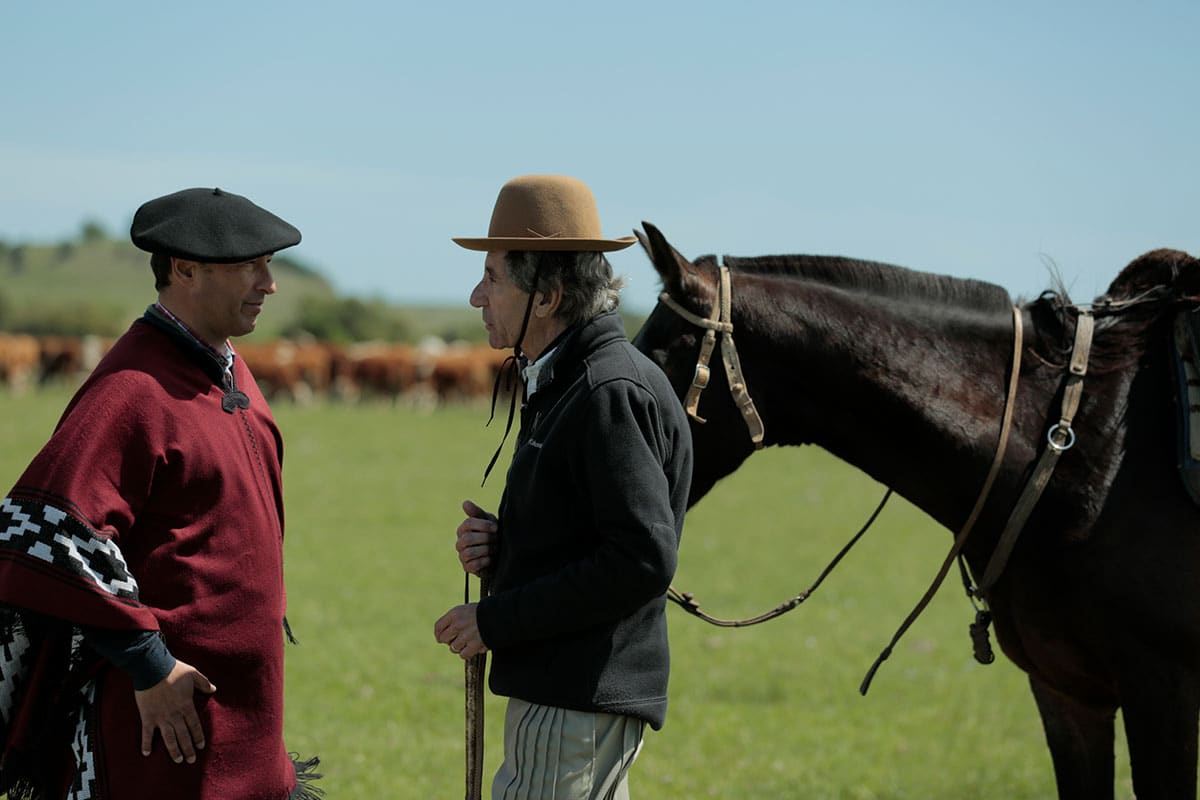
What are the differences in land use in conventional cattle farming versus Verde Farms’ approach?
Through regenerative agriculture, native pasturelands benefit directly from cattle grazing and sequester carbon. In mild climates like Uruguay, where Verde sources most of its beef, pasture grasses are natively adapted to thrive in the mild climate as well, so chemical fertilizers, pesticides, and irrigation are not used to maintain them.
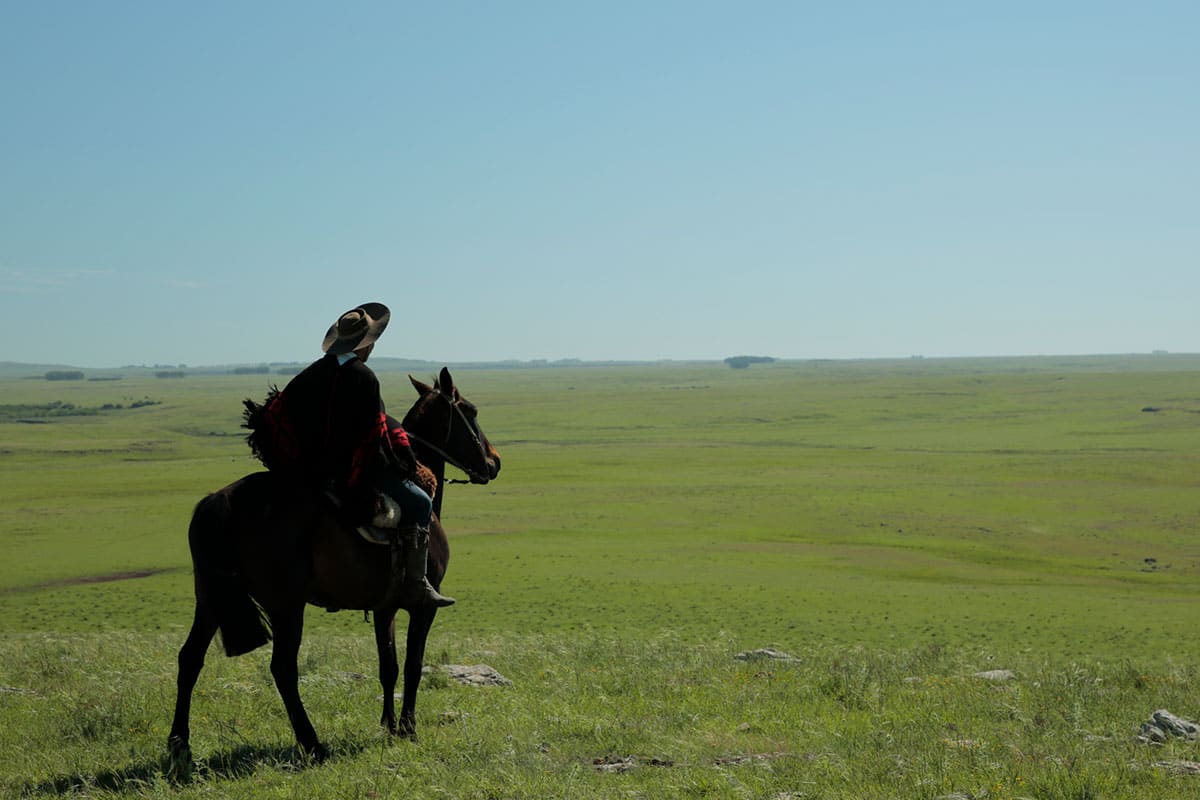
What are the main components of gaucho tradition?
Simply put, it’s respect for the animal, the environment, and the farmers. Traditional gauchos are stewards of the animal and land, and raising cattle on 100% grass and native pasture, without the use of chemical antibiotics, hormones, fertilizers, and pesticides is not only better for the animal, but it’s better for the earth, the farmers, and consumers too. 90+% of the beef Verde provides to consumers is USDA organic certified. Of course, what we call organic is what the gauchos have been doing for more than 400 years!
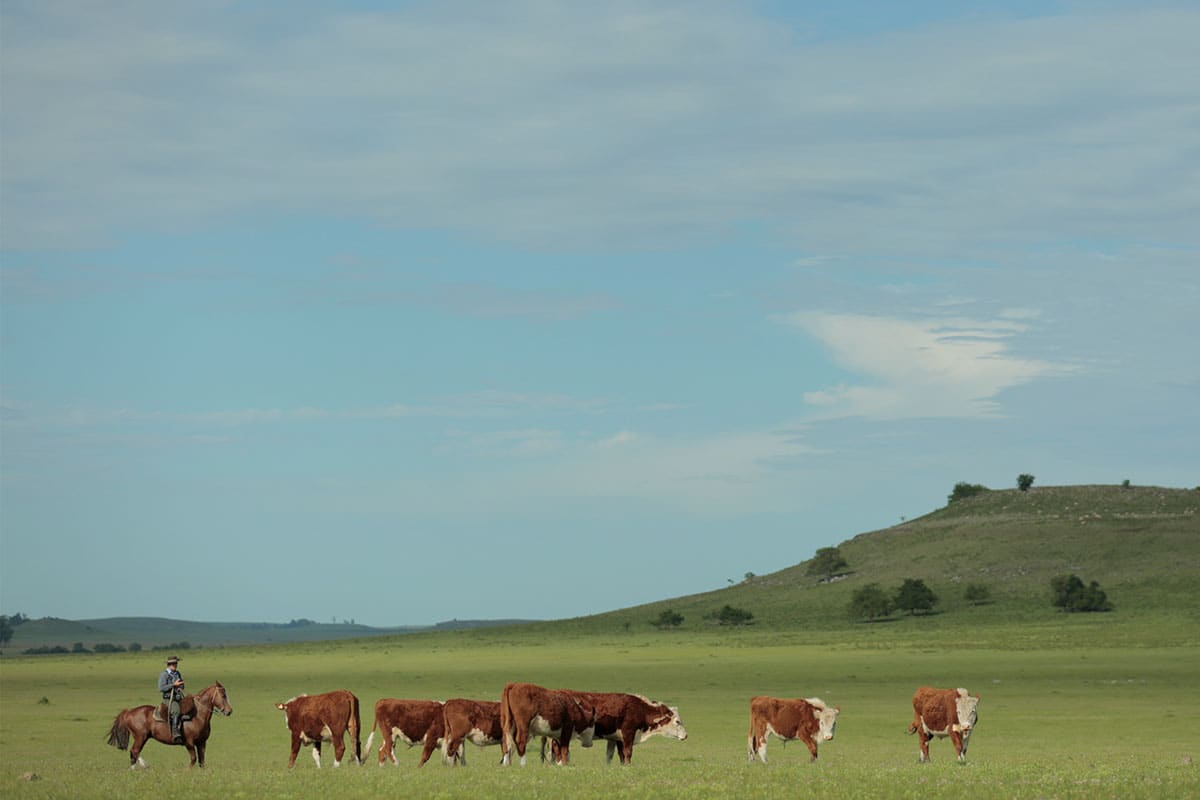
“Grass fed” seems to have fallen prey to the same greenwashing that terms like “free range” have with chickens. How can a consumer know if the cow truly has been allowed to roam free and graze on grass the entirety of their lives?
Make no mistake, grass-fed is always the best beef option when it comes to the health of the animal, the planet, and the consumer. In terms of language, bear with me. Technically speaking, “grass-fed,” “100% grass-fed,” “grass-finished,” and “pelletized grass feeding” all meet the same product claim, but have nuanced meaning. There is some confusion given that the USDA’s AMS (Agricultural Marketing Service) discontinued their grass-fed beef claim in 2016. To be clear, however, this did not mean that anyone could label a product as grass-fed without official regulatory approval.
All cattle technically start off as grass-fed, but most conventional cattle are finished on grains such as corn subsidized by the US government. Producers who intend to use the grass-fed claim must “finish” their cattle on grass as well, meaning the animal’s diet can only be grass or forages to be labeled as grass-fed. This suggests a picture of cattle continuously munching on grasses out on a sunny, open pasture. This is the ideal that meets Verde’s requirements, and it’s what consumers expect. However, that is not necessarily what happens, and for understandable reasons. For example: a farmer in Minnesota wants to produce grass-fed beef, but their pastures are under snow for several months of the year. The solution here is to feed the cattle hay and other stored forages. While farmers can possibly procure this themselves, they of course need outside sources if there is a long period of time the animals cannot be out on their pasture eating grass. Enter, industry. There are many producers of pelleted grass designed for cattle in grass-fed programs. Hopefully, that’s only used during the months that the pasture can’t provide the necessary feed itself, and hopefully, cattle are free to roam open pasture after that. But we know that’s not always the case. At Verde, we personally believe the true spirit of grass-fed means 100% growing grass and open pastures year-round.
To your point, the difficulty in defining these standards is similar to the egg and poultry industries where terms like “pasture-raised,” “free-range,” and “cage-free” are unclear or interchangeable in consumers’ minds. They’re tasked with the difficulty of matching their ideals to actual food labeling terminology in the store. This is why Verde dedicates time to educate both our retail customers and consumers about our standards of exceptional sourcing, and the unique environmental and nutritional benefits of our 100% grass-fed, 100% pasture-raised beef.
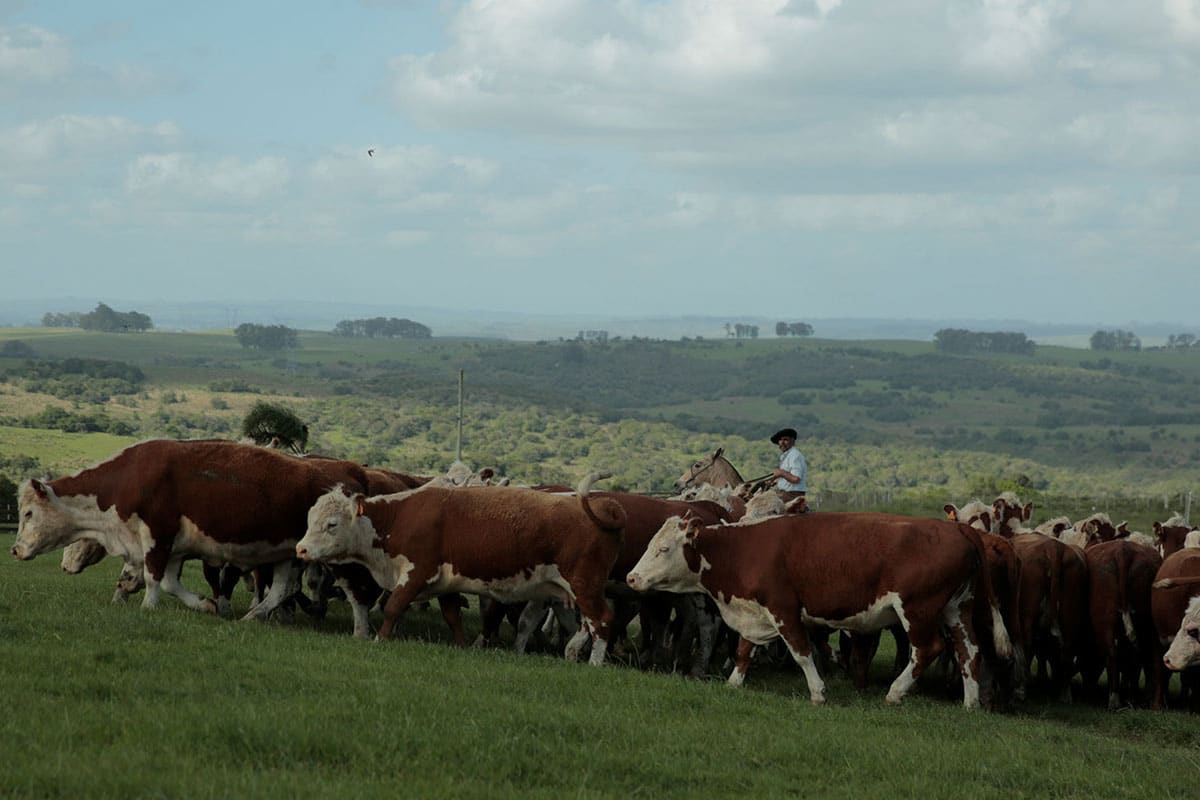
What do you see as the ideal diet for planetary health?
We believe in simple foods with minimal processing, produced without the use of chemical pesticides, fertilizers, artificial hormones, and antibiotics. If you want to eat meat, choose options that deliver on exceptional raising and sourcing practices that focus on animal, consumer, and environmental health—and opt for simple ingredient lists with things you can pronounce. If you want to eat a plant, eat a plant: reach for vegetables, fruit, and leafy greens, not highly-processed alternatives. Unfortunately, plant-based food does not automatically offer a halo when it comes to nutritional or environmental health.
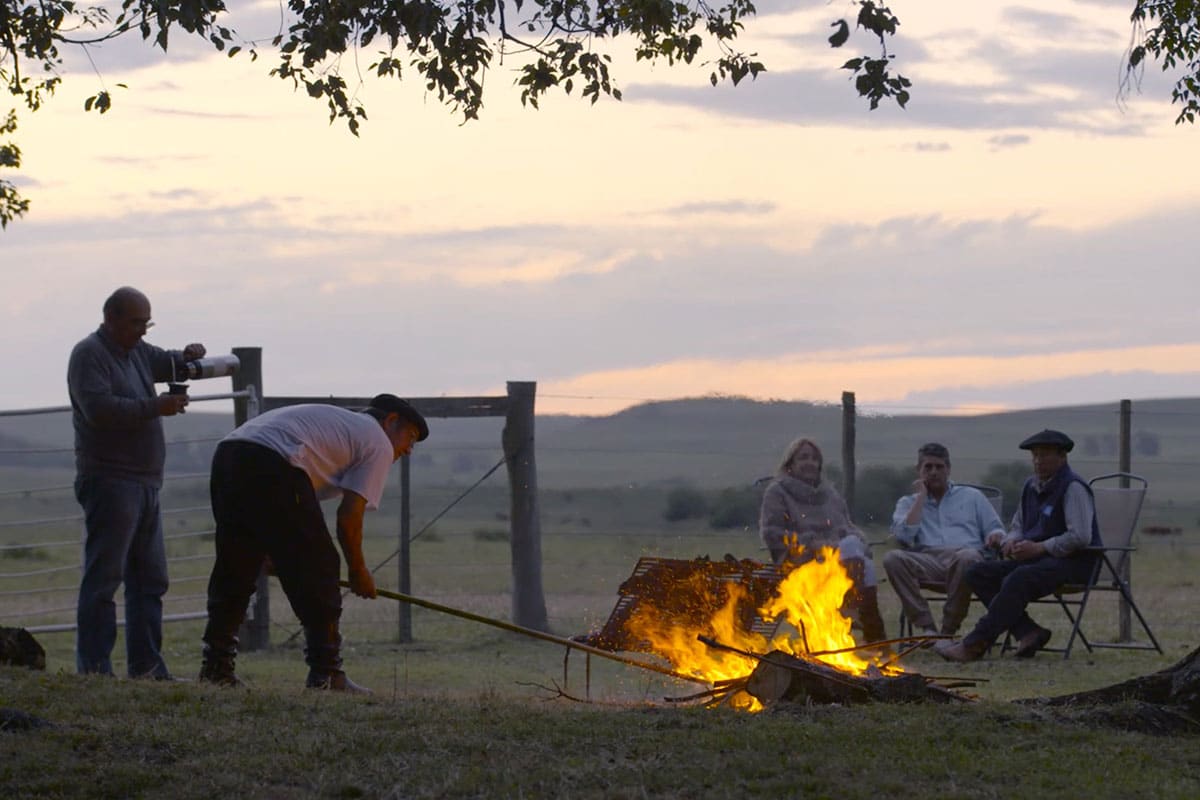
What are the biggest obstacles facing your industry?
From our place in the grass-fed beef category specifically, the biggest challenge is simply consumer awareness and education, particularly amidst the “noise” coming from highly-processed plant-based foods, regulation nuance, and the tumultuous times we’re currently in, where people are understandably more focused on other areas of health and safety.
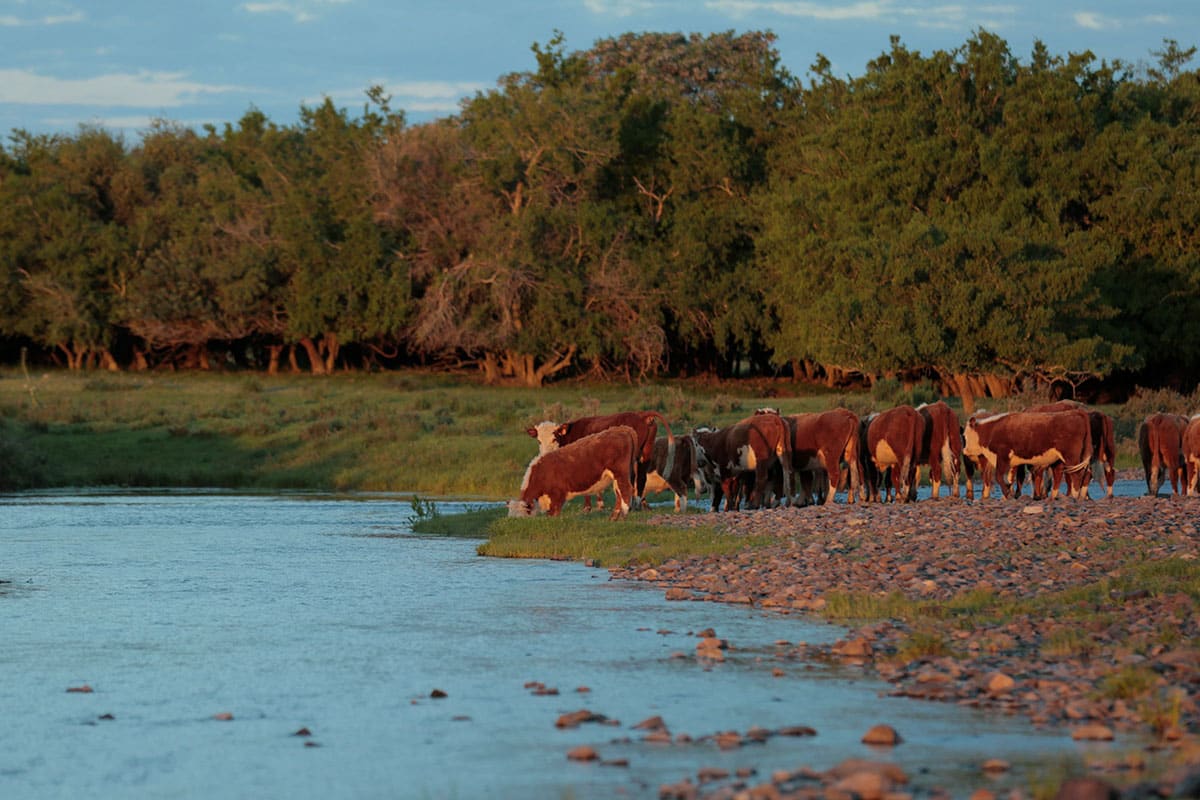
If America miraculously did away with factory farming, is there enough land available for the grass-fed, free-range raising of cattle?
This transformation has already begun at the ranch level, driven directly by consumer demand much like we saw in the egg industry. For us, this has increased our ability to source domestically relative to 2005 when we first launched Verde. Accelerating the transformation, however, will require a large adjustment of factors, from federal agricultural policy to farmer and rancher support, to consumer education. This will be a continual journey.
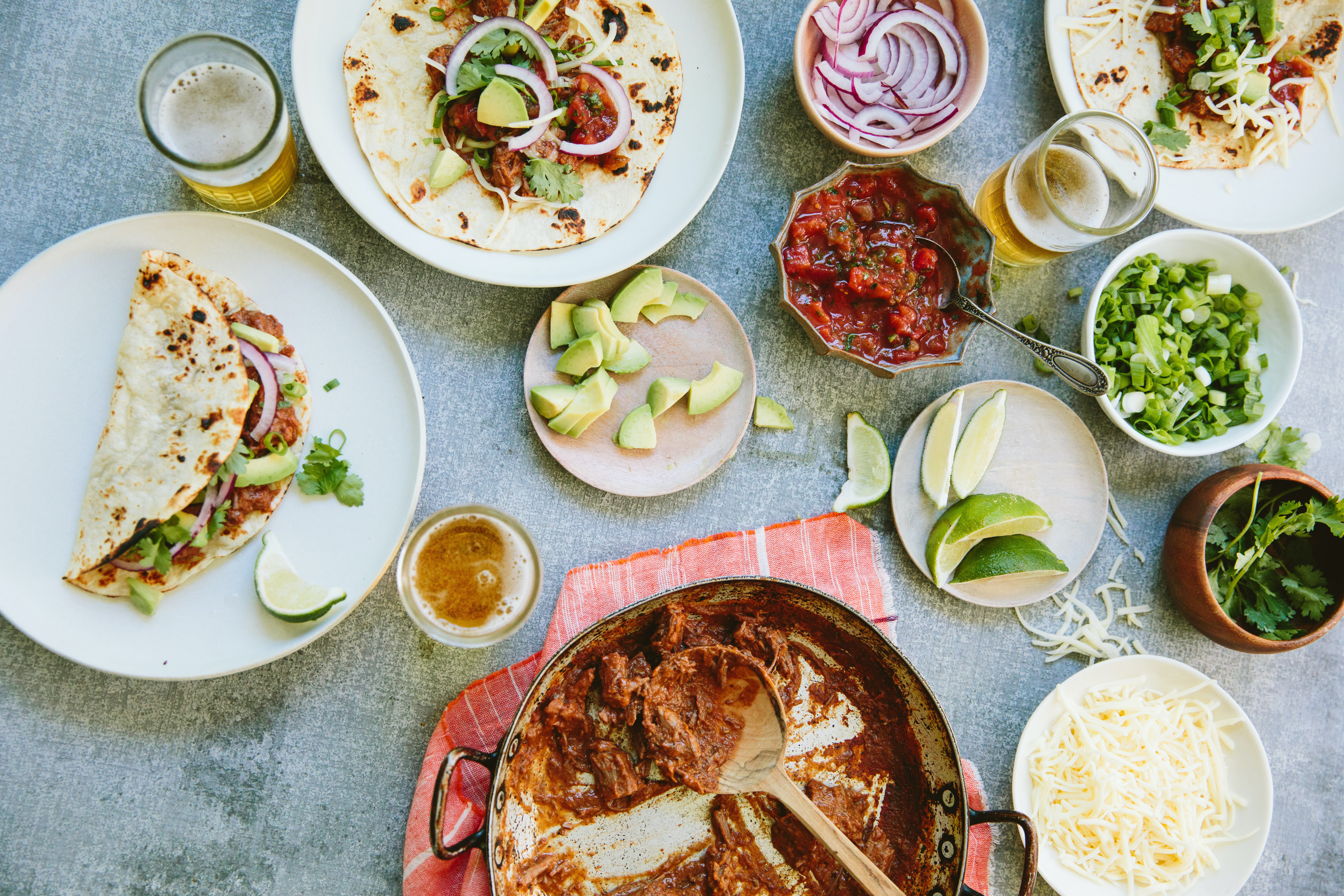
BRIAN SAMUELS PHOTOGRAPHY
What do you see as the future of raising cattle?
We expect an ever-increasing demand for responsibly-raised cattle with health of the animal, planet, and people in mind. These are large forces that have prompted considerable change in many areas across the entire food industry, and beef is now seeing the importance and demand for that more than ever.

